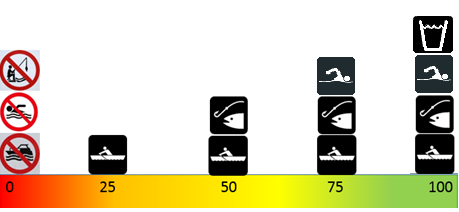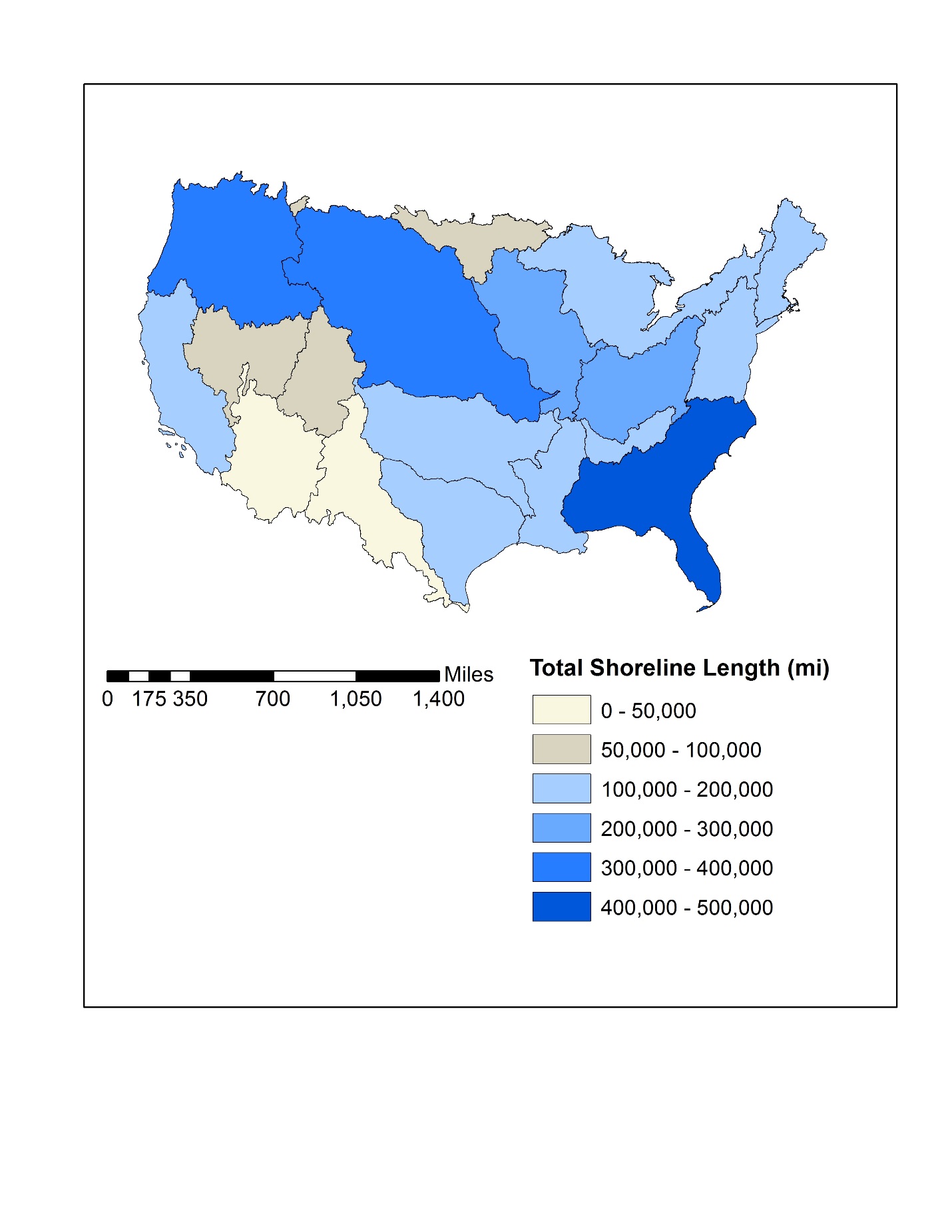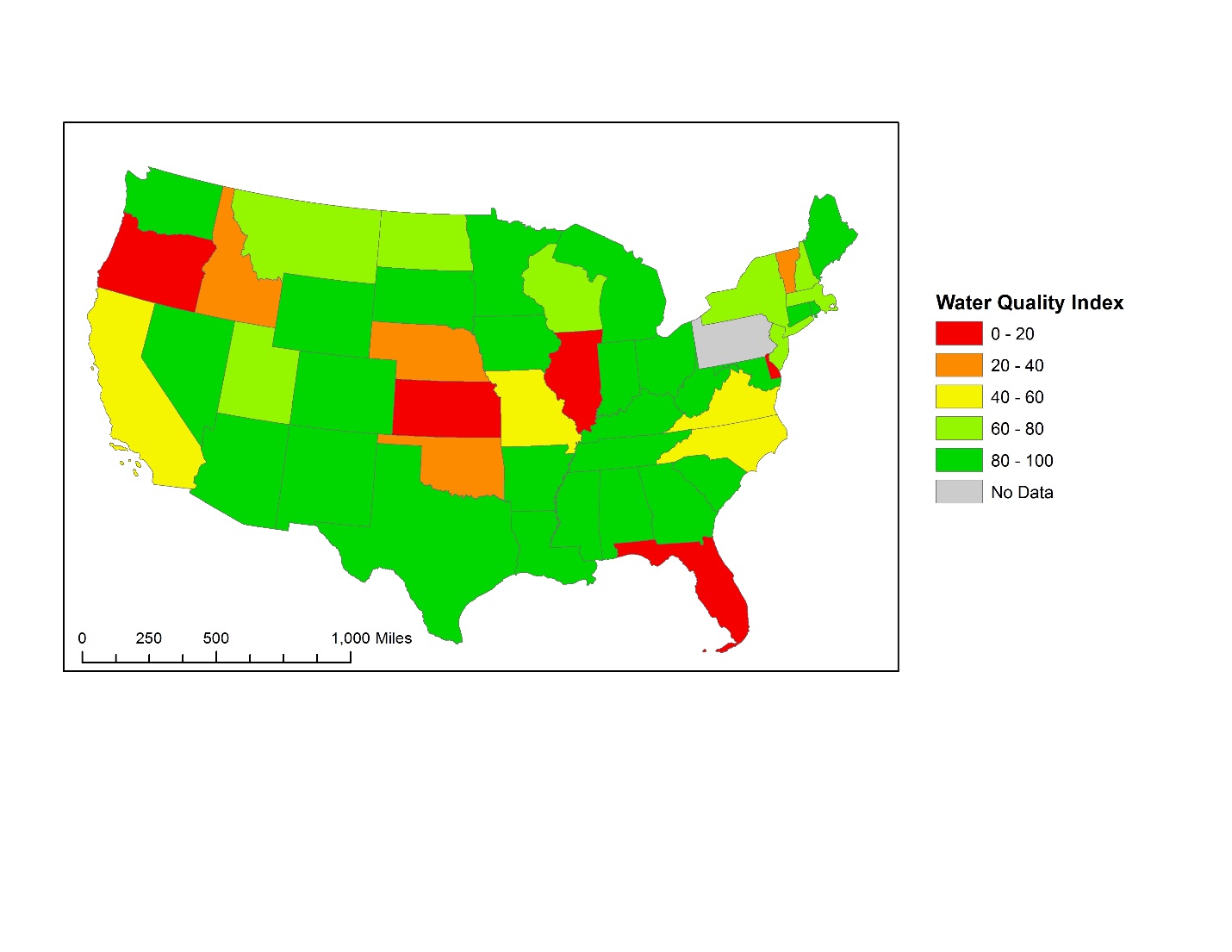supporting statement-overview
FG ICR Script_9 12 2016.docx
Focus Groups As Used By EPA For Economics Projects (Renewal)
supporting statement-overview
OMB: 2090-0028
FOCUS GROUP GUIDE
WATER QUALITY BENEFITS STATED PREFERENCE SURVEY
DRAFT – DO NOT CIRCULATE
Overview
The purpose of the focus groups is to develop a stated preference survey to generate data for nonmarket valuation of water quality improvements. The broad objective of the study is to provide benefit estimates for water quality improvements at the local, regional, and national level. Factors that may affect household benefits include the amount of water affected by the improvements, the size of the improvements, baseline conditions, and the availability of substitute waterbodies. Early focus groups will involve discussion on participants’ visits to waterbodies, perceptions of water quality, and familiarity with well-known and culturally important waterbodies. The moderator will guide the conversation as needed, by asking questions regarding specific topics of interest. Data from early focus groups will be used to create information treatments and draft questions for later focus groups. In early focus groups, the discussion will largely focus on topics such as:
Participants’ perceptions and ability to discern the geographic location of waterbodies, their residence, and various geographic areas, including: buffers around their home, location and boundaries of different HUC-level watersheds1, political jurisdictions (e.g., states), etc.
Perceptions and preferences towards key characteristics of waterbodies, such as: cultural significance, waterbody type, and quantity within a given area (e.g., number of waterbodies, miles of shoreline, surface area)
Perceptions and preferences towards alternative measures and attributes defining water quality
We have provided a draft script for the initial focus groups below, including preliminary maps and draft questions.
Several elements of the survey design, including but not limited to visual aids, information text, and valuation questions will be tested in later focus groups. In addition, we plan to test various response formats (e.g., dichotomous choice, discrete choice experiment, and contingent ranking), selecting that which will provide more reliable responses. Given the complexities of our scenario and the number of outcomes of interest, we anticipate that our efforts will result in a stated choice or contingent ranking format. However, as with the other design elements, we will rely on information collected in early focus groups to guide the development of the survey instrument.
As we conduct more focus groups we will eventually converge on a complete survey instrument that can be tested in final focus groups and cognitive interviews.
Focus Group Participants
The purpose of the stated preference survey is to estimate average household willingness to pay for water quality improvements. As such, the target sample will be representative of the U.S. population. In order to develop a survey that is accessible and salient to as many recruited households as possible we seek to recruit focus group profiles that are also representative of the adult U.S. population in as many respects possible.
Focus Group Script
Introduction
Thank you for participating…moderator and observer (if there is one in the room) introduce themselves
The session should last about 2 hours
This discussion is strictly confidential, and there will be no follow-up contacts after this discussion
Introduce focus group participants: State your first name and town where you live and how long you’ve lived in the area.
Purpose of focus group is to gather information on your thoughts and experiences with bodies of water like lakes, rivers, bays and estuaries, and coastal waters. [Avoid mentioning water quality and pollution this early because we want information on perceptions of water bodies more generally and do not want to inadvertently provoke emotional responses from some people.]
The objective is to help researchers develop a survey to gather people’s honest views, so please be open and frank with us. There are no “wrong” answers and there is no particular answer from you that we are looking for, so we will not be offended by any views that you express here.
Ground rules
We want to follow basic guidelines for polite conversation
We want to hear from everyone, so please participate
Take turns speaking
We may hear a wide range of views expressed here and we want to encourage this, so please be polite if you disagree with someone
We will be recording the session so we have an accurate record of what you say [again emphasize confidentiality]
Initial Conversation Prompts (Initial prompts are intended to learn about participants experiences with water resources and get them thinking about water activities without talking specifically about water quality early in the conversation.)
Consider the time you spend participating in outdoor recreation and water-based activities. This could be time spent at/on a lake, pond, river, stream, or bay. What are some of the activities you commonly engage in?
Do you visit one type of waterbody more than another? (can probe about waterbody size here)
Is the main purpose of some or all of these outings visiting particular water bodies, engaging in specific activities (ex: can only surf in the ocean), or are there other primary purposes (visiting family for example)?
If you travel to reach your location for outdoor and water-based recreation how far do you typically travel on such trips and how often?
(if many participants answered #3 with long travel distances then ask this question) Do you ever take shorter local trips?
What about occasional trips to farther waterbodies? If so, what kinds of waterbodies do you visit? What is different about these waterbodies that make you travel greater distances?
What other factors affect your experiences when you visit waterbodies?
When I say one lake has “cleaner” water than another, what differences do you imagine between the two? Make sure conversation mentions the following…
water clarity
odor
sustaining wildlife
safe for boating and swimming
safe to eat fish
algae, including harmful algae blooms (HABs)
What characteristics of clean water do you look for or matter to you the most? Clarity, color, smell, healthy wildlife and aquatic species populations, whether it is safe for certain uses, other?
Considering the expense of making these trips (gas, food, time, etc.), would you be likely to take more trips if the water was cleaner? Would you travel farther to visit cleaner waterbodies?
Iconic or Nationally Important Waterbodies
(Ask about well-known waterbodies that are far away.) Who here has heard of Lake Tahoe? Has anyone ever been there? (Now, speaking to the ones that haven’t) What do you know about it?
Can everyone think of a well-known waterbody that they have never been to? (Have some suggestions on hand if people struggle.) Why is it well-known? What makes it special?
(Characteristics that should enter the conversation: size, tourism & recreation, culturally or historically significant (e.g. Olympics, war battles), unique geo- or hydrological features (e.g. crater lakes)
Other Iconic Lakes to use as examples and draw characteristics from:
-
The 5 Great Lakes
Great Salt Lake
Lake Tahoe
Lake of the Woods (MN)
Lake Okeechobee
Lake Pontchartrain
Pyramid Lake (NV)
Lake Champlain
Who here has heard of Antelope Lake in North Dakota? (Presumably no one. Show map, picture, and description of Antelope Lake.)
About 35,000 acres
Fish: Walleye, perch, smallmouth bass
In a rural area with a lot of farmland around it …
What characteristics make Lake Tahoe (or any of the other examples) well-known but not this lake?
Water Quality Metrics
Our survey will ask people about changes in the quality and cleanliness of rivers, lakes, and coastal waters. What are some ways we can describe different levels of water quality and cleanliness on our survey?
One measure that is used to describe water quality is what things people can do safely in a particular body of water. For example, is it safe to swim in? Are there risks with eating the fish caught out of that water? Here is a scale that uses a score from 0-100 and showing which activities are safe at what values. (Get participants’ reactions to graphic.)

Are there any features of water quality that matter to you that are not represented in the scale above?
Do you interpret this water quality scale as providing firm cutoff points between what is okay versus not okay, or do you see it more as a continuum?
Draft Watershed Maps (Here we will project alternative maps onto a screen showing the locations and extent of hypothetical water quality improvements. Some maps will use natural watershed boundaries while others use state boundaries. Watershed boundaries are more realistic for water quality improvements but less familiar to potential respondents than states. The maps included here are just a few examples but we will continue to develop more alternatives to test with participants.)
What is your first reaction to this map?
(For quantity maps) Is it difficult to tell which parts of the country have a lot of lakes and rivers?
(For quality maps) According to the maps, what parts of the country have poor water quality?
Any suggestions to improve how this information is presented?
Which map was easier to understand? Does it provide all the relevant information?
Example Map 1:

Example Map 2:

Follow Up Questions
(Pass out a list of potentially iconic waterbodies) Please circle which ones you have heard of. Only circle the ones you are sure you’ve heard of. We are looking for the most well-known waterbodies on the list.
-
Mississippi River
Missouri River
Delaware River
Columbia River
Colorado River
Albemarle Sound or Pamlico Sound
Barataria Bay or Terrebonne Bay
Barnegat Bay
Buzzards Bay
Casco Bay
Charlotte Harbor
Chesapeake Bay
Galveston Bay
Indian River Lagoon
Long Island Sound
Massachusetts Bay or Cape Cod Bay
Mobile Bay
Morro Bay
Narragansett Bay
New York-New Jersey Harbor
Delaware Estuary
Peconic Estuary
Great Bay and Hampton-Seabrook Harbor
Puget Sound
San Francisco Bay
Santa Monica Bay
Sarasota Bay
Tampa Bay
Tillamook Estuaries
Lake Superior
Lake Huron
Lake Michigan
Lake Erie
Lake Ontario
Lake Tahoe
Pyramid Lake
Lake Mead
Great Salt Lake
Lake of the Woods
Iliamna Lake
Lake Oahe
Lake Okeechobee
Lake Pontchartrain
Lake Sakakawea
Lake Champlain
Becharof Lake
Lake St Clair
1 HUC stands for Hydrological Unit Code, which is a hierarchal classification system dividing and subdividing US lands into successively smaller hydrological units or watersheds (USGS, http://water.usgs.gov/GIS/huc.html, accessed 5/6/2016).
| File Type | application/vnd.openxmlformats-officedocument.wordprocessingml.document |
| Author | Chris |
| File Modified | 0000-00-00 |
| File Created | 2022-01-27 |
© 2025 OMB.report | Privacy Policy